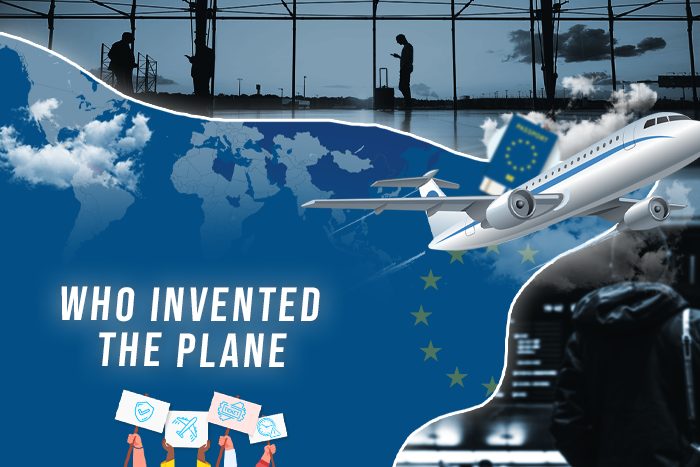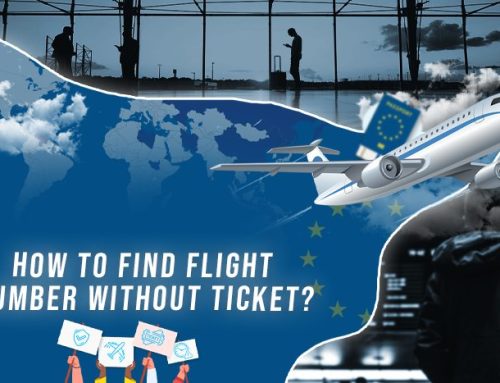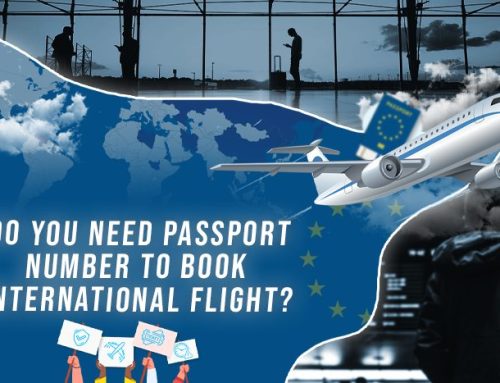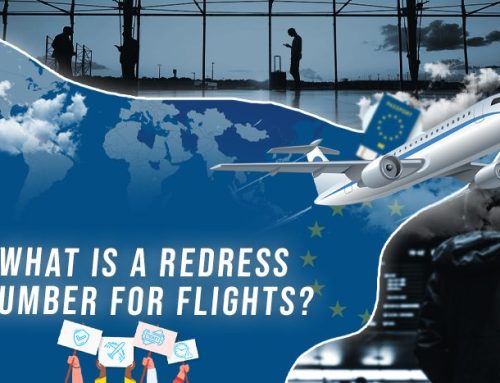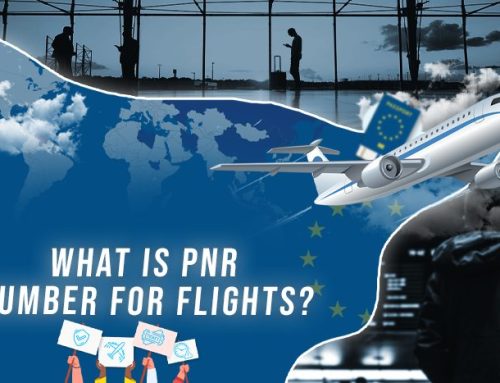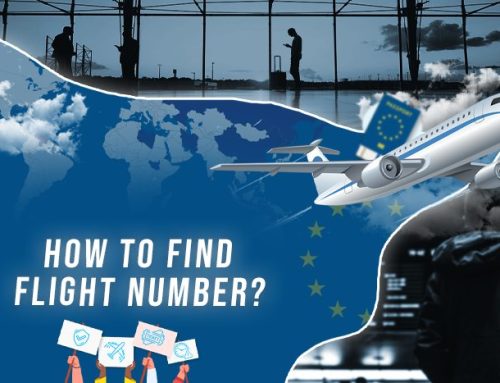While it may seem like modern technology, airplanes were invented more than 100 years ago. Orville and Wilbur Wright had their first successful flight on December 17, 1903, but a lot of work went into that beforehand – though the title of who invented the first plane is still up for debate to this day.
Key Takeaways
- The Wright Brothers are credited with inventing the first airplane after their successful flight in 1903. Their determination and innovation paved the way for future advancements in aviation technology.
- However, there were other inventors and aviators, such as Alberto Santos-Dumont and Gustave Whitehead, who were also experimenting with flying machines around the same time. The debate over who invented the first airplane continues to this day.
- The Wright Brothers’ passion for flying started at a young age and was fueled by their curiosity and determination to learn. They didn’t give up even after their first few unsuccessful attempts, which eventually led to their historic flight.
- The Wright Brothers not only achieved a major technological breakthrough but also shared their knowledge with others, helping to advance the field of aviation even further.
- The invention of airplanes marked a major turning point in human history, revolutionizing travel and transportation and opening up new possibilities for exploration and discovery.
What Inspired The Wright Brothers?
When they were young, their father gifted them with a toy helicopter. It flew, and the brothers quickly became interested in flying. They educated themselves as they grew up, making money by entering the printing business and later the bicycle repair business. Their hearts were still set on flying, and they kept tinkering.
By 1900, the Wright Brothers had a viable prototype to test – their first glider. It performed like a kite, which helped give them the information they needed to learn about the mechanics after much trial and error. By 1903, they were ready to try a powered flight, and Orville Wright got on the plane after winning a coin toss. Unbeknownst to them, they were about to change history in Kitty Hawk, North Carolina.
They launched their flight off a rail with the help of strong wings. The first flight lasted 12 seconds, and it only went 120 feet. The Wright Brothers knew they could do better, so they kept trying. The second and third flights were about 175 feet. Wilbur was ready to get in on the action, so he took the fourth flight, which lasted a whopping 59 seconds and went 859 feet. Unfortunately, the wind took a turn after that momentous flight, and the plane was ruined – smashed up and unable to fly again.
Still, the Wright Brothers well documented themselves for their success, earning them the coveted place in history as the first successful flight and the inventor of airplanes. They continued to innovate and improve their designs. Even better, they shared their knowledge with others around them, helping people reach the sky and achieve their dreams of flying.
Were There Others That Came Before The Wright Brothers?
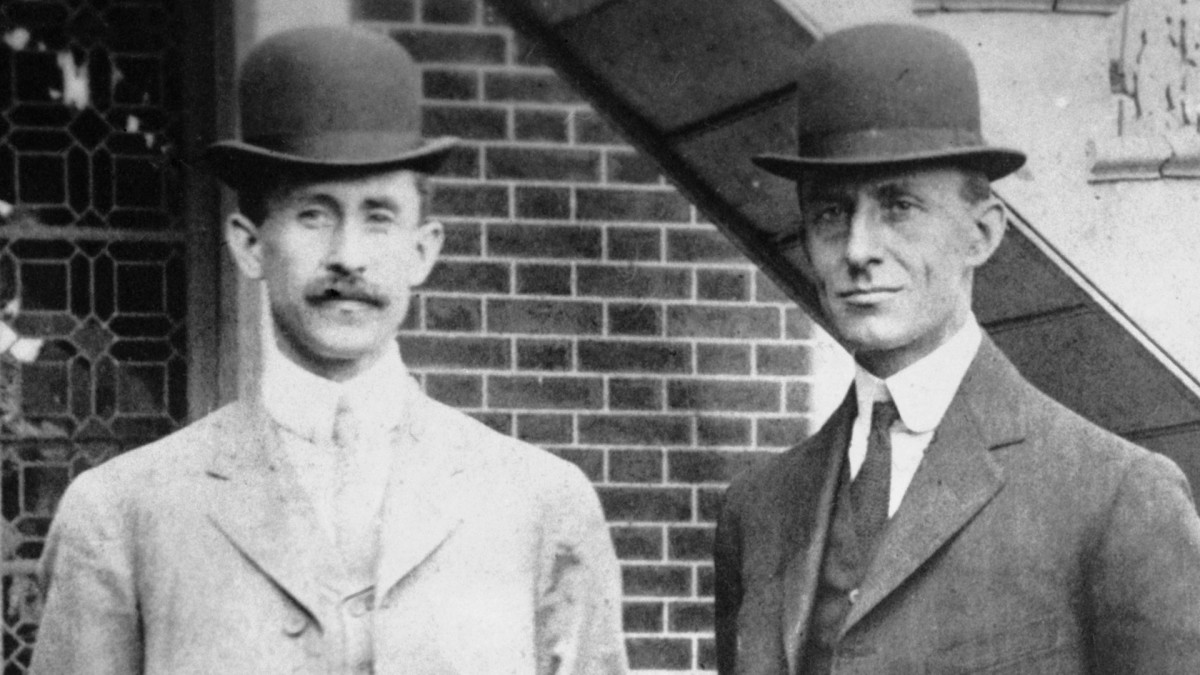
There’s some debate whether the Wright Brothers actually own the right to create the first airplane and hold the first successful flight. Alberto Santos-Dumont won an aviation prize for flying a dirigible around the Eiffel Tower in 1901 – two years before the Wright Brothers flight. He was known for experimenting with hot air balloons and dirigibles with motor power as early as the 1890s, even flying from his apartment to his favorite restaurants and leaving it tethered outside as he ate!
Santos-Dumont did everything with a flourish, so in October 1906, he conducted the world’s first public, powered flight, wowing a crowd in Paris by flying 200 feet 15 feet above the ground. Historians argue that because Santos-Dumont didn’t use anything to assist his flight, he deserved the rightful title of the first flight.
Back in America, there was a newspaper report that Whitehead flew 1.5 miles at 150 feet off the ground over Bridgeport, CT, and Fairfield, CT, in August 1901. His plane looked like a bat, and he called it the Condor. Whitehead reported that he flew 7 miles over the Long Island Sign in his trusty Condor the next year. Unfortunately for Whitehead, he didn’t have much documentation outside one blurry photograph.
Attempts to interview the eyewitnesses were unsuccessful at the time, though decades later, there has been a resurgence of support for Whitehead’s claim.
So, When Were Planes Actually Invented?
The Wright Brothers carry the most support in the historical community, so most history books state that planes were first invented in December 1903 after their first successful flight.
Frequently Asked Questions
-
Who invented the first airplane?
The Wright Brothers are generally credited with inventing the first airplane after their successful flight in 1903.
-
Were there other inventors experimenting with flying machines simultaneously as the Wright Brothers?
Yes, other inventors and aviators, such as Alberto Santos-Dumont and Gustave Whitehead, were also experimenting with flying machines around the same time.
-
Who is Alberto Santos-Dumont?
Alberto Santos-Dumont was a Brazilian inventor and aviator who won an aviation prize for flying a dirigible around the Eiffel Tower in 1901. He is known for experimenting with hot air balloons and dirigibles with motor power as early as the 1890s.
-
Who is Gustave Whitehead?
Gustave Whitehead was a German-American aviation pioneer who claimed to have made successful flights in his Condor plane in 1901 and 1902. However, his claims are still debated by historians.
-
How did the Wright Brothers get interested in flying?
Their father gifted them a toy helicopter when they were young, which sparked their interest in flying. They later educated themselves and became bicycle repairmen, but their hearts were still set on flying.
-
How did the Wright Brothers achieve their first successful flight?
They worked tirelessly to create a viable prototype, starting with a glider in 1900. By 1903, they were ready to try a powered flight, which lasted 12 seconds and went 120 feet. They continued to improve their designs until they achieved a flight lasting 59 seconds and going 859 feet.
-
Why is the invention of airplanes significant?
The invention of airplanes marked a major turning point in human history, revolutionizing travel and transportation and opening up new possibilities for exploration and discovery.
